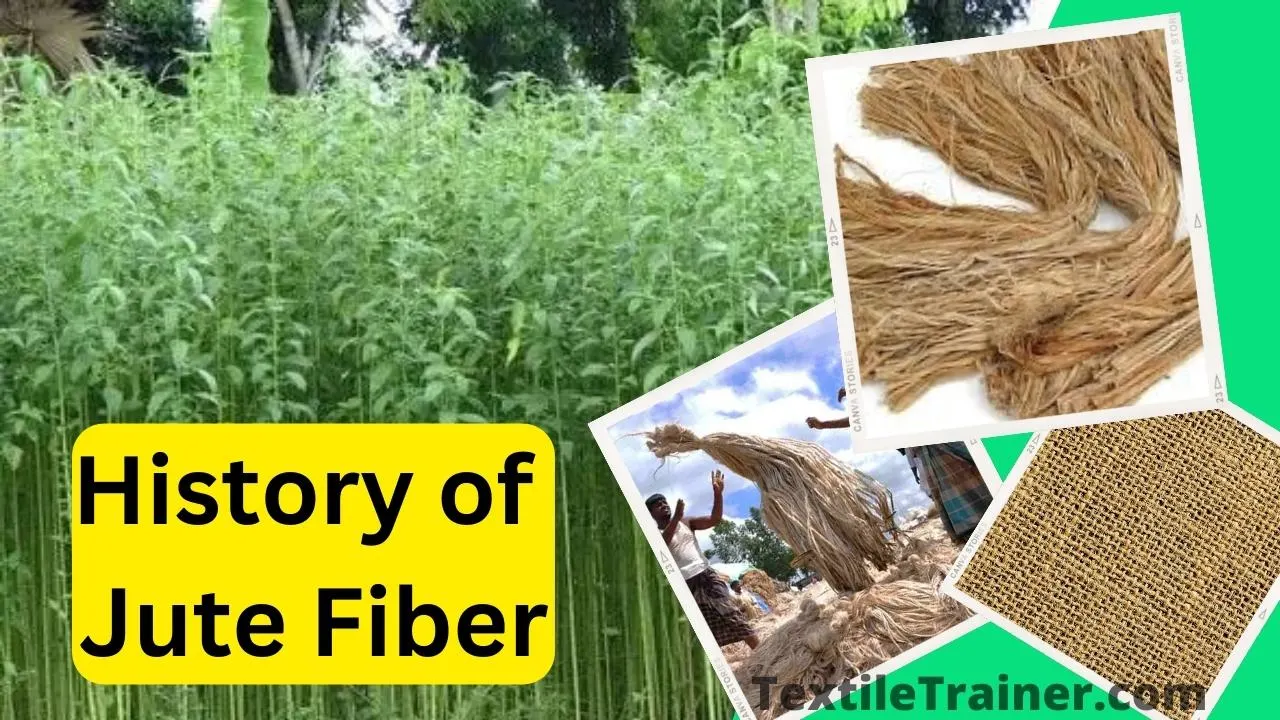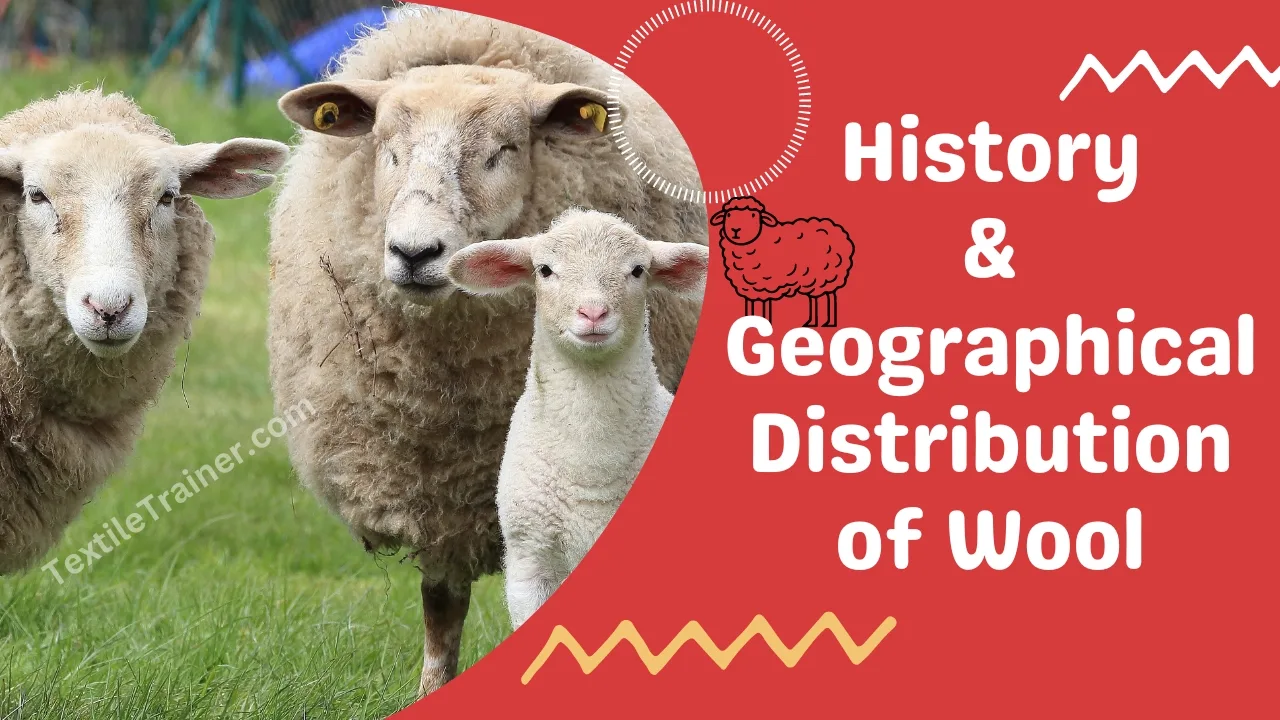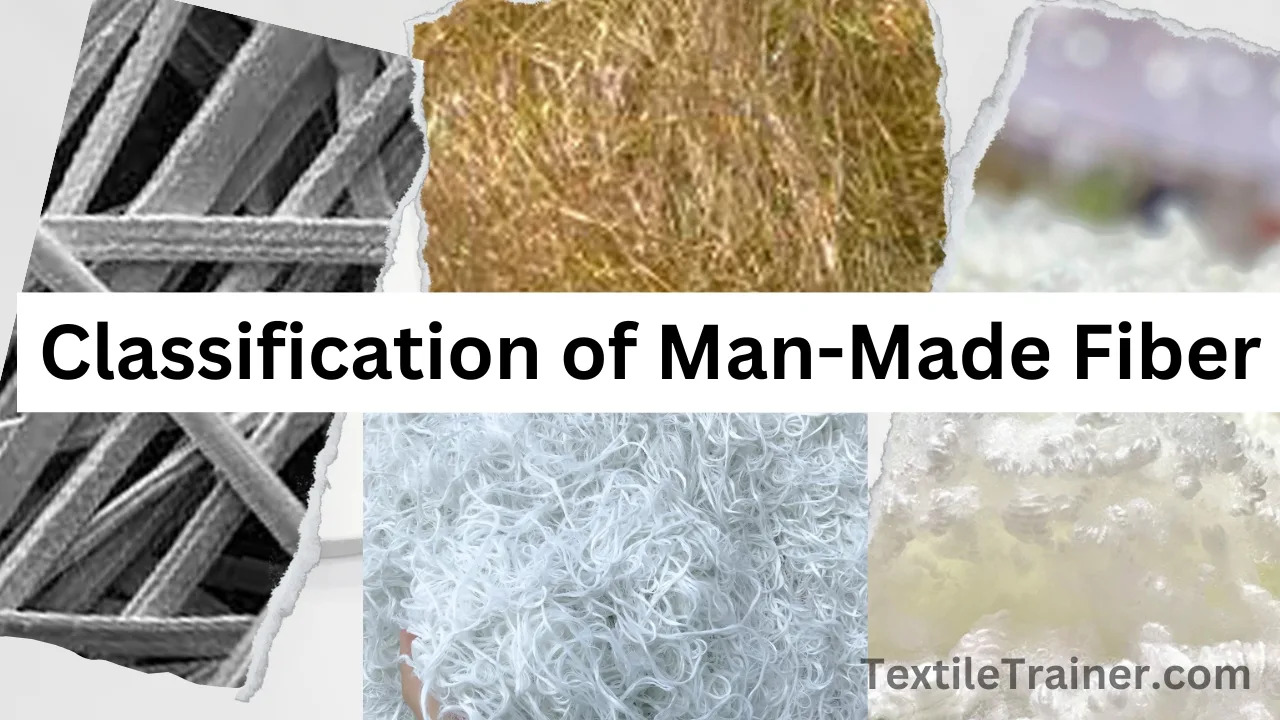Best 15 Physical Properties of Wool Fiber
Introduction
The wool fiber exhibits wide variations in Physical Properties of Wool Fiber such as diameter and length. Its diameter can vary throughout its length primarily due to its growth and nutrition. Fibers grown in a high nutrition plane grow coarser than fibers grown in a poor nutrition plane. In a single fiber, the diameter may change depending on the nutritional level. Infection or illness can cause a break or tender spot in fiber. Various factors, such as the breed of sheep and the position of the fibers on the skin, determine the staple length of fibers removed from sheep.

Physical properties of wool fiber:
1. Length:
Merino wool has a length range between 60 and 100 millimeters, while Lincoln wool has a length range between 75 and 250 millimeters.
2. Fineness:
Merino wool fibers are usually 17 – 25 gm fine, but for some breeds, they can be up to 40 gm fine.
3. Crimp:
In the fine merino wool fiber, the crimp is a fundamental structural feature that is present throughout the fiber. There are, on average, 30 crimps/inch in the fine merino wool fiber.
4. Tensile Strength:
Dry strength (tenacity) of wool is approximately 1.35 g/d. It has a large amorphous area containing bulky molecules that cannot be packed close enough to allow strong hydrogen bonds. Wool has many weak hydrogen bonds and a few strong cystine linkages. When a garment is wet, water puts strain on the weak hydrogen bonds, distorting the shape of the garment. Moisture weakens hydrogen bonds, making fibers even weaker. The strength of wool is lost when wet, but regained when dried.
5. Elasticity:
When stretched, wool fibers rapidly return to their original dimensions. Due to the crimp in the fiber, it can be stretched out and then relaxed back to its original shape, like a spring. The wool polymers always tend to return to their alpha keratin or coiled configuration when stretched or compressed. When stretched or compressed, the molecules become straightened.
The ability of the polymers to return to their alpha keratin configuration is mainly due to interpolymer forces of attraction. Despite the crosslinking between molecules and the di-sulphide and salt linkages, wool fibers can be stretched up to 30% of their original length before breaking. This reduces the likelihood of tearing when stretched. Wool’s recovery is excellent and after 2% extension, the fiber regains 99% of its length. Elasticity is an important characteristic since it leads to easy shedding of wrinkles. If wool garments are hung in a damp environment, wrinkles will easily appear.
6. Handle:
Besides their crimp, wool fibers have an alpha keratin configuration, which may contribute to their medium to soft handle. In addition to the amorphous regions, alpha keratin and coiled polymers can also give under pressure when pressure is applied to wool fibers. Wool fibers have a medium to soft handle due to this ability to give or yield.
7. Absorption and moisture regain:
As a result of a combination of factors, wool fibers usually shed water, including protection by scales and membranes, interfacial surface tension, uniform pores, and low bulk density. Once the moisture seeps through the scales, wool’s capillarity allows it to absorb water readily. It can absorb 20% of its own weight without feeling wet. It can be summarized that wool is water repellent, but it does absorb large quantities of water with prolonged exposure to moisture. The behaviour of wool in relation to moisture can be summarized by saying that wool is water repellent, but it does absorb a lot of water when exposed for a long time. The fiber holds moisture inside, so the surface still feels dry.
8. Water repellent:
Although wool can absorb moisture, it repels liquids. The scales on the outside of the fibers cause liquid to roll off the fabric’s surface because it is naturally hydrophobic. Despite getting wet, wool generates heat and keeps your body warm, not cold and clammy.
9. Dimensional stability:
In wool, the structure of the fiber contributes to its non-stability. Wool fabrics are subject to shrinkage, two types of shrinkage occurring: felting shrinkage and relaxation shrinkage. When wet of wool fabric, untreated wool fabric is agitated, the fibers will tend to move in a root ward direction and the root curls on itself. As a result of the elasticity of the fiber, the fibers become entangled.In fabrics, fibers are stretched and extended, and when they are exposed to moisture, the yarns return to their original length, causing the fabric to shrink. If wool is not washed in cold water with a neutral pH and handled minimally, it will continue to shrink. The felting shrinkage of wool occurs gradually.
A wool structure can be reshaped mechanically by a mechanical action like an iron because hydrogen bonds are broken by moisture and heat. During drying, hydrogen bonds are created as steam escapes from the wool structure. When wool is damp or in a high humidity atmosphere, the new hydrogen bonds break and the structure reverts to its original shape. This is why garments shaped with ironing lose their creases and flatness, and show relaxation shrinkage when wet.
10. Heat of wetting:
Due to the collision of water molecules with polar groups in wool polymers, wool produces heat as part of its absorption function. Until the polymer system becomes saturated, it will continue to emit heat. When wool begins to dry, evaporation causes heat to be absorbed by the fiber, resulting in a chill.
11. Abrasion resistant:
During wear, however, abrasion resistance is more important than tensile strength. Wool fibers have excellent abrasion resistance, which makes wool fabric very durable.
12. Antistatic:
Unlike cotton fiber, wool fiber is resistant to static electricity because moisture retained within the fabric conducts electricity, so wool garments don’t spark or cling to the body as easily. In addition to being hypoallergenic, wool is considered by the medical profession to reduce the risk of shock when a person touches a grounded object. Therefore, wool car seat covers or carpets reduce the risk of shock when someone touches a grounded object.
13. Resilience:
The molecules in wool fiber are arranged in long parallel chains, which are held together by cross-linkages. When stretched or distorted, these cross-linkages will force the fiber back to shape. It is shown that the fibers will recover quickly from creasing, but can be pleated and creased by applying heat, moisture and pressure. In the polymer, new cross-linkages are formed as a result of molecular adjustment. The resilience of wool fiber also contributes to fabrics’ loft, which results in open porous fabrics with good covering power, as well as thick and warm fabrics that are also lightweight.
14. Warmth:
In wool, there are many tiny pockets of air embedded in its spongy structure and scales. Because stationary air conducts heat poorly, wool feels warm and absorbs atmospheric moisture, making the wearer feel warmer through the process of absorption. Since the fiber is protein, it does not transmit heat quickly.
15. Specific Gravity:
The specific gravity of wool fiber is 1.32. For that’s why, fabrics feel lighter than cellulosic fiber.
Physical Properties of Wool Fiber at a Glance
- Length: Length of wool fiber is 60-100 mm. sometimes it goes up to 250 mm.
- strength: Strength of wool fiber is 1.0-1.7 gm/den.
- Resiliency: Resiliency of wool fiber is excellent.
- Hand feel: soft.
- Abrasion resistance: good.
- color: Color of wool fiber is depend which from which wool fiber is collected. generally color of wool fiber is white to light cream.
- Diameter: 20µm to 40µm
- Elongation: 25-35% under standard condition.
- Hygroscopic: Higher than other fibers.
- specific gravity: Specific gravity of wool fiber is 1.32 and so fabrics feel lighter than cellulose.
- Dimensional stability: bad
- History of wool with geographical distribution.
- Classification of wool fiber.
- Morphology of wool fiber.
- Woolen Vs Worsted Fabric.
- Wool Manufacturing Process.
Reference:
- Cook, J. G. (2005). Handbook of Textile Fibers. Delhi: WoodHead Publishing Limited.
- Corbman, B. P. (1987). Textile Fiber to Fabric. Singapore: McGraw Hill Book Co.
- Dr. Hosne Ara Begum, P. D. (n.d.). Natural fibers. Dhaka: Hafiz book center.
- Kaplan, N. (2006). Textile Fibres. New Delhi: Abhishek Publications.



